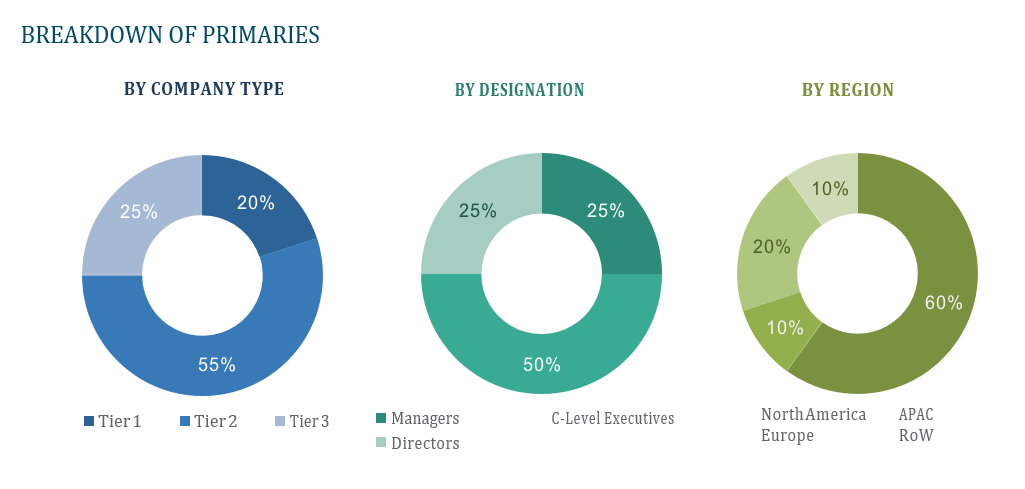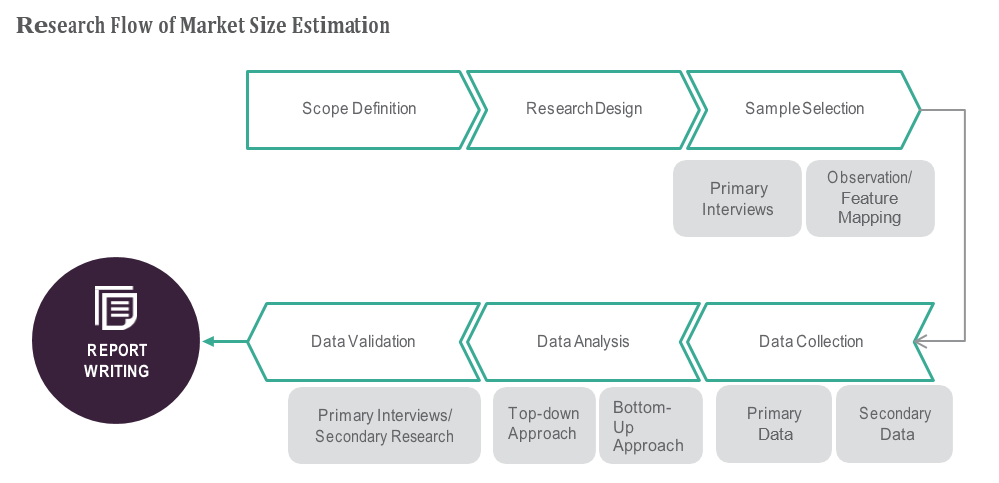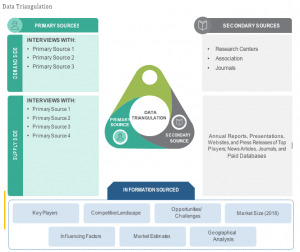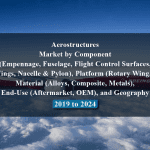OVERVIEW
Research by Global Market Studies has reported a CAGR of 6.3% for the Active Noise and Vibration Control Market, expecting to expand to a value of USD 2.25 billion by 2028.
Active Noise and Vibration Control (ANVC), also known as Active Noise and Vibration Reduction (ANVR), is a technology that aims to reduce or eliminate unwanted noise and vibrations from various sources using real-time control systems. It involves the use of sensors to measure the unwanted noise or vibration, processing the sensor data in real-time, and generating appropriate control signals to counteract or cancel out the unwanted effects.
ANVC is utilized in various industries to reduce noise and vibrations, improving passenger and crew comfort, industrial settings, building construction, consumer electronics, medical imaging, energy sector, maritime, and space missions.
Table of Content
Market Dynamics
Drivers:
Urbanization, industrialization, and transportation growth have increased noise pollution, leading to a demand for ANVC solutions to create quieter environments. Regulatory bodies are imposing stricter noise and vibration regulations, promoting adoption of ANVC technologies. Consumer expectations in industries like automotive and consumer electronics demand quieter, more comfortable products.
Health and safety concerns, such as stress, hearing loss, and fatigue, emphasize the need for ANVC to mitigate these issues. Technological advancements in sensors, actuators, signal processing, and control algorithms have made ANVC more efficient and cost-effective, driving its integration into various applications. Noise reduction is closely linked to sustainability efforts, as it can lead to lower energy consumption and improved industrial processes.
Opportunities:
Active Noise Control Systems (ANVC) and Active Vibration Control Systems (AVCS) are essential technologies in various industries, such as aerospace, automotive, and industrial settings. ANVC systems use microphones to measure noise and generate anti-noise signals, while AVCS use accelerometers to detect and generate counteractive vibrations. Consumer electronics companies offer ANC headphones and earbuds with ANC capabilities, providing immersive audio experiences. AVC solutions for machinery enhance worker safety, machinery lifespan, and product quality.
In the aerospace industry, ANVC systems minimize engine noise, road noise, and vibrations, improving passenger comfort and safety. Building and architectural ANVC technologies minimize HVAC noise, elevator vibrations, and other disturbances, creating quieter indoor environments. Energy sector solutions, such as power plants, wind turbines, and offshore installations, manage noise and vibrations to meet environmental regulations and enhance operational efficiency. Medical imaging noise reduction is achieved through ANVC in devices like MRI machines, while maritime noise control reduces ship engine noise and vibrations, enhancing travel experiences.
Research and development services are offered by ANVC providers, offering consulting, system design, and custom solutions for specific noise and vibration challenges. ANVC technologies are being integrated with IoT platforms and automation systems, allowing for more intelligent and adaptive noise and vibration management.
Restraints:
ANVC systems can be expensive due to the need for high-quality sensors, actuators, control systems, and specialized software. This can be a barrier for smaller businesses, as the initial investment and ongoing maintenance costs can be high. Complexity in ANVC systems can lead to challenges in design, installation, and operation, requiring skilled professionals for deployment.
Power consumption can impact energy efficiency, especially in applications where power consumption is a concern. Limited bandwidth may affect performance in real-time communication applications like aviation and telecommunications. ANVC systems may struggle to adapt to changing environments, such as dynamic environments or sudden disturbances. Regulatory challenges and technological limitations can also pose challenges to ANVC adoption. Overall, ANVC systems must navigate various challenges to ensure their effectiveness in various applications.
Regional Information:
North America: North America, particularly the United States, has a strong presence in the ANVC market across industries like aerospace, automotive, and consumer electronics. Stringent noise regulations, a focus on technological innovation, and a strong industrial base contribute to the growth of this market.
Europe: Europe also has a significant ANVC market, driven by strict noise regulations, environmental concerns, and a strong emphasis on sustainable technologies. The automotive and aerospace sectors are prominent adopters of ANVC solutions in this region.
Asia-Pacific: The Asia-Pacific region, led by countries like China, Japan, and South Korea, is rapidly adopting ANVC technologies across multiple industries. Growing urbanization, increasing vehicle ownership, and the demand for better product quality are driving this growth.
Recent Developments:
• MAY 2022 – STMicroelectronics released ASM330LHHX, the first inertial measurement unit (IMU), taking a step closer to high levels of automation with its machine-learning (ML) core. The ML core enables fast real-time response and sophisticated functions with low system power demand. The ASM330LHHX has two operating modes. One of them is the low-power mode for running always-on applications like telematics, anti-theft systems, motion-activated functions, and vibration monitoring and compensation.
• APR 2022 – Banner Engineering introduced a new IIoT product line, Snap Signal. It captures data from nearly any industrial machine’s device and converts it to a standard protocol, thereby enabling an upgrade to Industry 4.0 and higher productivity. Snap Signal’s products are used to build a brand-agnostic IIoT platform composed of modular hardware and software. Snap Signal can be used to unlock facilities’ potential in vibration monitoring system applications.
Key Players:
Rockwell Automation Inc., National Instruments Corporation, General Electric Corporation, Emerson Electric Company, Honeywell International Inc., and Bruel & Kjaer Sound & Vibration Measurement.
Frequently Asked Questions
1) What is the projected market value of the Active Noise and Vibration Control Market?
– The Active Noise and Vibration Control Market is expected to reach a value of USD 2.25 billion by 2028.
2) What is the estimated CAGR of the Active Noise and Vibration Control Market over the 2023 to 2028 forecast period?
– The Active Noise and Vibration Control Market is expected to grow at a CAGR of approximately 6.3% from 2023 to 2028.
3) Who are the key players in the Active Noise and Vibration Control Market?
– Rockwell Automation Inc., National Instruments Corporation, General Electric Corporation, Emerson Electric Company, Honeywell International Inc., and Bruel & Kjaer Sound & Vibration Measurement.
4) What are the drivers for the Active Noise and Vibration Control Market?
– Urbanization, industrialization, and transportation growth increase noise pollution, requiring ANVC solutions for quieter environments, health, safety, and sustainability. Advancements in sensors, actuators, and control algorithms drive integration.
5) What are the restraints and challenges in the Active Noise and Vibration Control Market?
– ANVC systems face high costs, complexity, power consumption, limited bandwidth, and adaptability challenges, impacting smaller businesses, real-time communication applications, and navigating regulatory and technological limitation.
6) What are the key applications and offerings of the Active Noise and Vibration Control Market?
– ANVC is utilized in various industries to reduce noise and vibrations, improving passenger and crew comfort, industrial settings, building construction, consumer electronics, medical imaging, energy sector, maritime, and space missions.
7) Which region is expected to drive the market for the forecast period?
– Asia Pacific has the highest value share in the global market and is expected to dominate shares in forecast period.
Why Choose Us?
Insights into Market Trends: Global Market Studies reports provide valuable insights into market trends, including market size, segmentation, growth drivers, and market dynamics. This information helps clients make strategic decisions, such as product development, market positioning, and marketing strategies.
Competitor Analysis: Our reports provide detailed information about competitors, including their market share, product offerings, pricing, and competitive strategies. This data can be used to inform competitive strategies and to identify opportunities for growth and expansion.
Industry Forecasts: Our reports provide industry forecasts, which will inform your business strategies, such as investment decisions, production planning, and workforce planning. These forecasts can help you to prepare for future trends and to take advantage of growth opportunities.
Access to Industry Experts: Our solutions include contributions from industry experts, including analysts, consultants, and subject matter experts. This access to expert insights can be valuable for you to understand the market.
Time and Cost Savings: Our team at Global Market Studies can save you time and reduce the cost of conducting market research by providing comprehensive and up-to-date information in a single report, avoiding the need for additional market research efforts.












